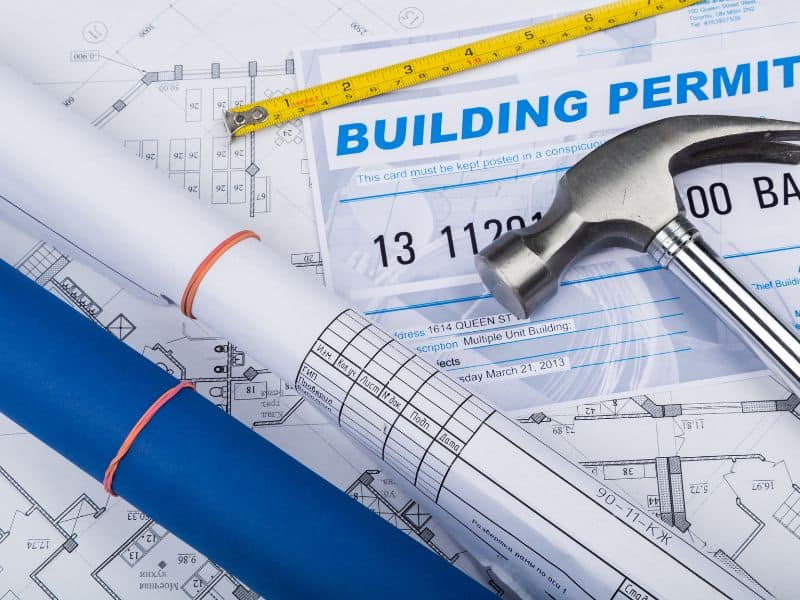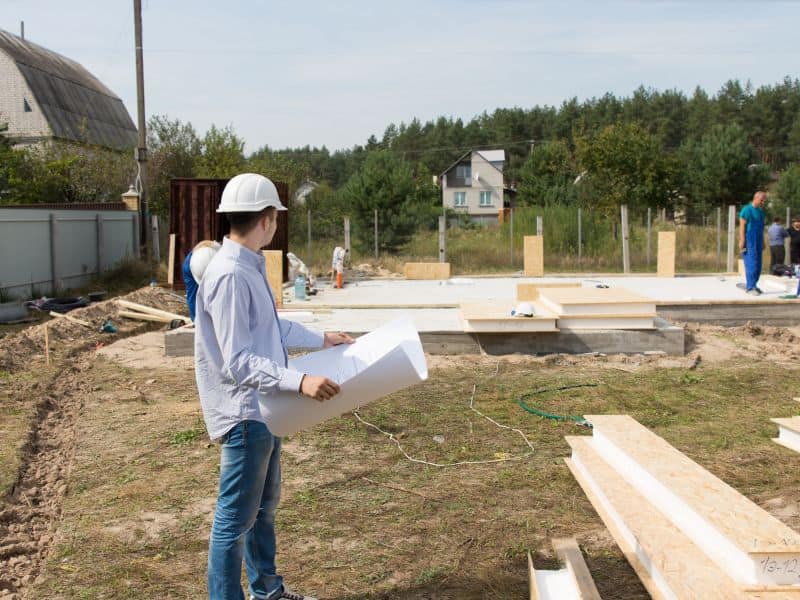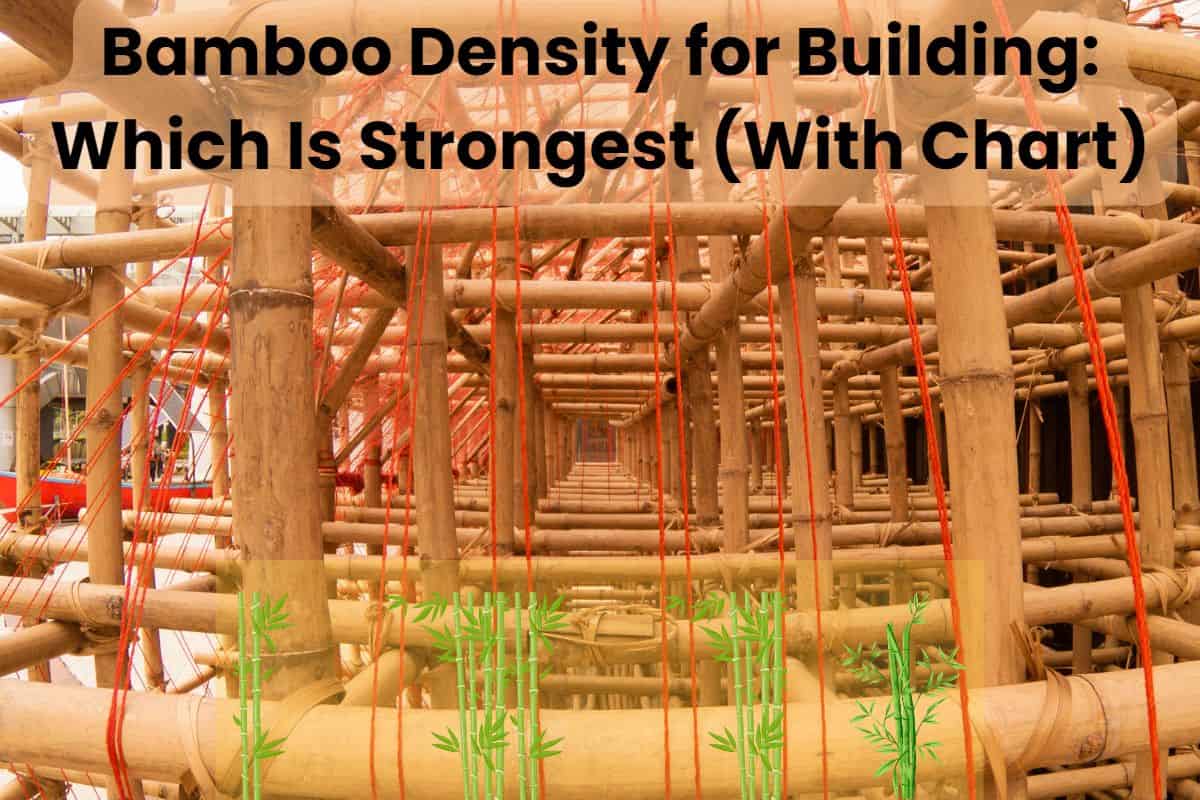Fulfill Building Codes and Regulations for Adobe Construction

Adobe construction is gaining traction due to the growing interest in sustainable building.
However, the safety question often arises as more people turn to adobe as a viable alternative to conventional building materials. This is where building codes and regulations for adobe construction come in.
Building codes are the rules and regulations that stipulate the standards of construction projects for safety. These codes are collectively managed under the International Code Council (ICC) to ensure protection from hazards emanating from the built environment.
Therefore, building codes and regulations for adobe construction are meant to ensure safe and healthy adobe structures.
In this article, I’ll discuss building codes and regulations for adobe construction. I’ll discuss these codes in terms of permit requirements, safety considerations, and fire protection. Let’s get started!
Permit Requirements for Adobe Construction

Like any other construction project, you need government and local authority’s authorization to create an adobe structure. The authorization comes in the form of a building permit.
Authorities issue building permits to ensure all structures are safe and comply with construction, building, and zoning codes.
It’s worth noting that an adobe building permit is a matter of local jurisdiction. Therefore, the approval process and requirements vary depending on your local government.
While some places like New Mexico allow “experimental buildings” with plans signed by a licensed engineer for compliance, others are strict and require the builder to obtain a permit.
Depending on the local building code requirements in your area, some permits you may need for adobe construction include the following:
- A plumbing permit: Since adobe houses are highly susceptible to water damage, you may need a plumbing permit for kitchen piping like sinks, toilets, and drains. Of course, the permit will only be necessary if you plan for plumbing connections.
- A roofing permit: You may need a roofing permit to ensure the roof is structurally sound and meets the local building codes.
- A foundation permit: This is needed to ensure the foundation meets local building code requirements and is suitable for your area’s soil type.
- A structural permit: To get a structural permit, you must submit plans signed by a licensed engineer that demonstrate compliance with local codes.
- A grading permit: You may need a grading permit if your land is sloped or has substantial changes from its natural state that may require excavating or filling.
- An electrical permit authorizes electrical works like connecting wiring to the public grid or installing solar panels.
Safety Requirements for Adobe Construction
The International Building Codes are concerned with the safety of the building’s occupants. They include provisions like strength, sanitation, and accessibility during emergencies.
The following are the main code requirements for safety in adobe construction:
Foundations

All adobe structures must be supported by foundations whose footings extend at least 6 inches (152 mm) above the ground. These footings must be built from solid masonry like concrete and not adobe. This is crucial to protect the adobe walls against water damage.
If an excavation is required near the foundation, a registered design professional must assess the structure to determine underpinning requirements. Moreover, a gravel or crushed stone drain should be installed around the foundation’s perimeter.
Finally, stabilized adobe bricks can only be used starting with the first four inches (102 mm) above the first floor’s elevation.
Exterior Finish
Walls made of unstabilized adobe should have their exteriors covered with at least two coats of Portland cement plaster. The coats should have a minimum thickness of 0.75 inches (19 mm).
If fasteners are used on the walls, they must be spaced at a maximum of 16 inches (406 mm) at the center.
Walls and Stories
Adobe houses are limited to one story. A two-story adobe house is only allowed if designed by a registered design professional.
When building the walls, adobe bricks should be bonded with an adobe mortar of the same composition and stabilization.
In terms of wall thickness, one-story adobe buildings should have their exterior walls 10 inches (254 mm) thick.
Interior load-bearing walls should be at least 8 inches (203 mm) thick.
Finally, adobe walls require lateral supports at maximum intervals of 24 feet (7,315 mm).
Strength and Stability Requirements
The average compressive strength for unstabilized adobe should be 300 psi (2068 kPa) on average. It should also have a modulus of rupture of 50 psi (345 kPa).
If you opt for stabilized adobe, use soil that’s chemically compatible with the stabilizing agent.
Since moisture is crucial in determining strength, building codes and regulations for adobe construction recommend moisture content up to 4 percent by weight.
If the house has shrinkage cracks, they shall be at most three, with each crack not exceeding 3 inches (76 mm) long and 0.125 inches (3.2 mm) wide.
Fire Protection for Adobe Construction

According to International Building Codes, all houses must adhere to the following fire protection requirements:
Combustible Waste Materials
Combustible waste materials should not accumulate within the building’s premises. Such materials include wood, straw, hay, wastepaper, and weeds.
If you cut weeds, vines, grass, and other combustible vegetation, you should immediately remove them from the premises. You should do so based on the International Wildland-Urban Interface Code.
Storage
Materials that ignite spontaneously should be stored in listed disposal containers and disposed of daily.
Storage containers whose capacity exceeds 5.33 cubic feet (0.15m3 or 40 gallons) must have lids. Preferably, such containers should be made from noncombustible materials.
Storage containers whose capacity is 1.5 cubic yards (1.15m3 or 40.5 cubic feet) or more should not be stored indoors or within 5 feet (1524 mm) around the walls.
Ignition Sources
Spontaneous ignition materials like smoldering coal, cinders, and hot ashes should not be kept in combustible receptacles. Moreover, such materials should not be stored within 10 feet (3,048 mm) of other combustibles.
Burning combustible materials to endanger the lives of others within the premises is unlawful. Therefore, doing so deliberately or through acts of negligence can land you in trouble.
Finally, kindling fire requires a permit from the fire code official. Other open-burning activities within the premises should also be authorized by the state or local air and water quality management authority.
Final Thoughts On Building Codes and Regulations for Adobe Construction
There you have it — the most important building codes and regulations for adobe construction.
These codes ensure the structure’s safety, strength, and stability. Therefore, they should guide you in building a strong, safe adobe house that’ll last generations.







